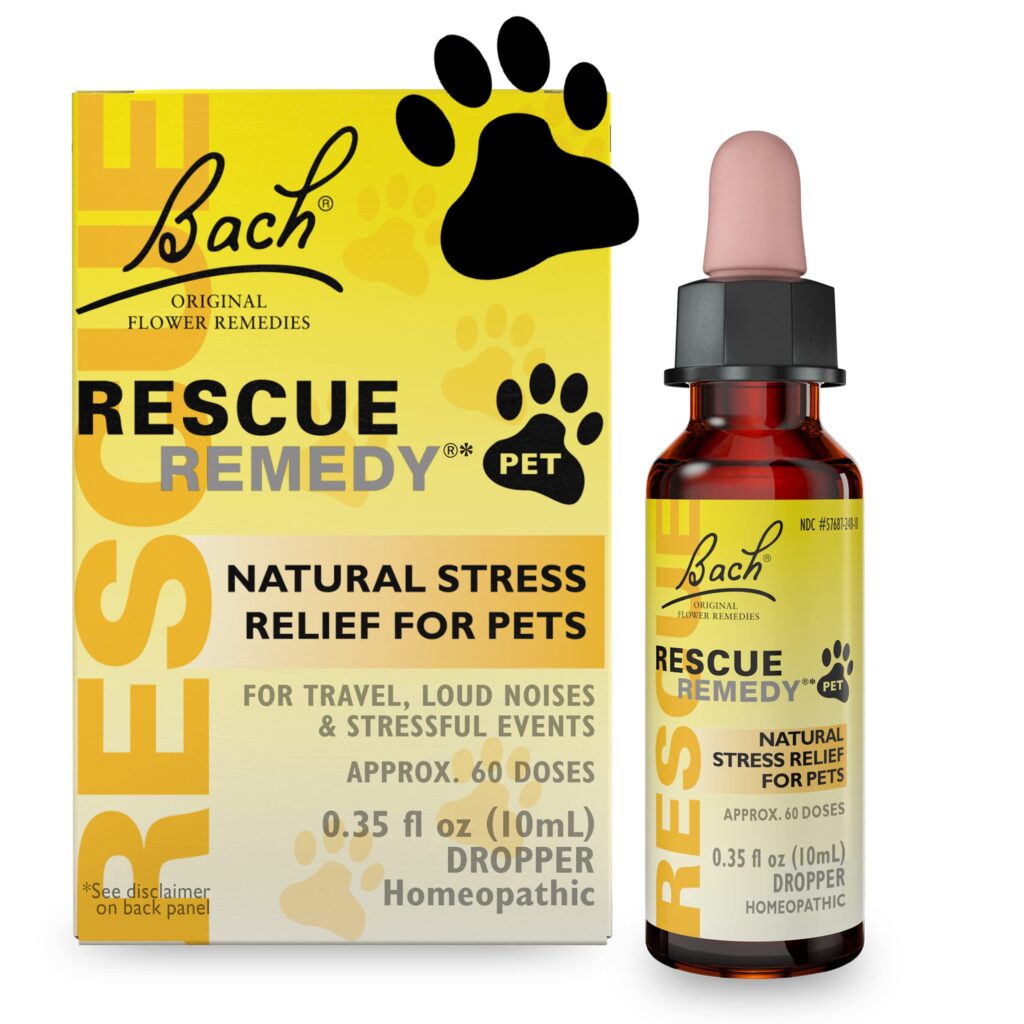How to Help Your Rescue Dog Overcome Anxiety
At MyTopDeals10.com, we understand the unique challenges and rewards of bringing a rescue dog into your life. Many rescue dogs come with a history of trauma or uncertainty, leading to anxiety that requires patience and understanding to address. This article offers actionable strategies to help your furry friend feel safe, secure, and loved.
“Helping a rescue dog overcome anxiety isn’t just about managing behaviors—it’s about building trust and creating a sense of belonging.”
If you’re ready to support your rescue dog on their journey to confidence, keep reading for proven techniques, product recommendations, and expert insights.
Recognizing Signs of Anxiety
Understanding the signs of anxiety in dogs is the first step in providing effective care. Many behaviors that might seem like quirks or mischief are actually signals that your dog is feeling stressed or overwhelmed.
Common Symptoms of Anxiety in Dogs
Excessive Vocalization
- Barking or howling for extended periods, particularly when you’re not home, often points to separation anxiety.
Destructive Behavior
- Chewing on furniture, shoes, or household items is a common way dogs release pent-up stress.
Inappropriate Elimination
- Accidents indoors—even for house-trained dogs—can indicate fear or nervousness.
Pacing or Restlessness
- Dogs often pace or show signs of unease when sensing their owner’s departure.
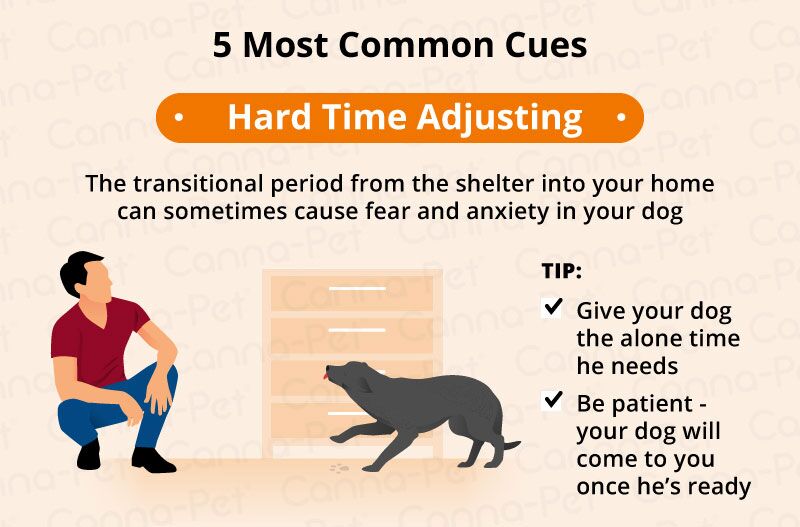
“Recognizing these behaviors is crucial. They’re your dog’s way of asking for help.”
Strategies for Managing Anxiety
Once you’ve identified signs of anxiety, it’s time to take action. The following methods are designed to create a calming, structured environment for your dog to thrive.
Establish a Routine
Dogs feel secure when they know what to expect. A consistent schedule provides a sense of stability and reduces overall anxiety.
Tips for Creating a Routine:
- Feed your dog at the same times each day.
- Plan daily walks to burn off excess energy.
- Set aside regular playtime to strengthen your bond.
“Routine isn’t just structure—it’s reassurance for your rescue dog.”
Gradual Desensitization
Leaving your dog alone for long periods can trigger or worsen anxiety. Gradual desensitization helps them build confidence and trust that you will always return.
Steps to Implement:
- Start with short absences, such as leaving the room for a minute.
- Gradually increase the duration, rewarding your dog for calm behavior.
- Reinforce this practice daily to build resilience.
Positive Associations with Alone Time
Changing your dog’s perception of being alone is another effective strategy. Counter-conditioning helps replace fear with positive emotions.
How to Create Positive Associations:
- Use puzzle toys or treat dispensers to keep your dog engaged while you’re away.
- Provide a comforting item like a blanket or shirt that smells like you.
- Praise your dog when they remain calm as you leave.
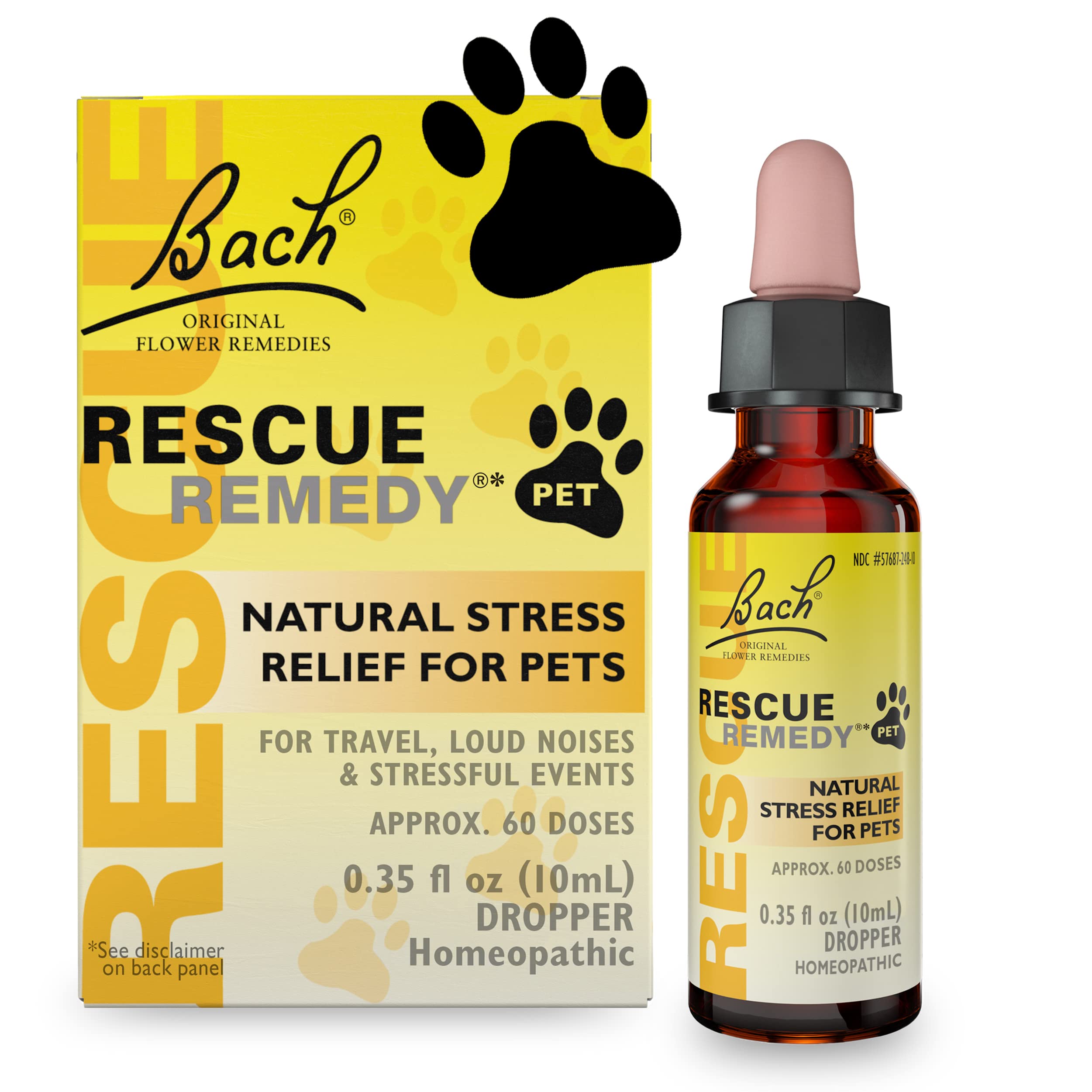
By making alone time enjoyable, you reduce their stress and encourage independence.
Create a Safe Space
Every dog needs a designated area where they can retreat and feel secure. For an anxious rescue dog, this space becomes their sanctuary.
Steps to Set Up a Safe Space:
- Choose a quiet, low-traffic area in your home.
- Add soft bedding, toys, and familiar items.
- Ensure the area is free from loud noises or sudden disturbances.
“A safe space is your dog’s personal haven, offering comfort and security.”
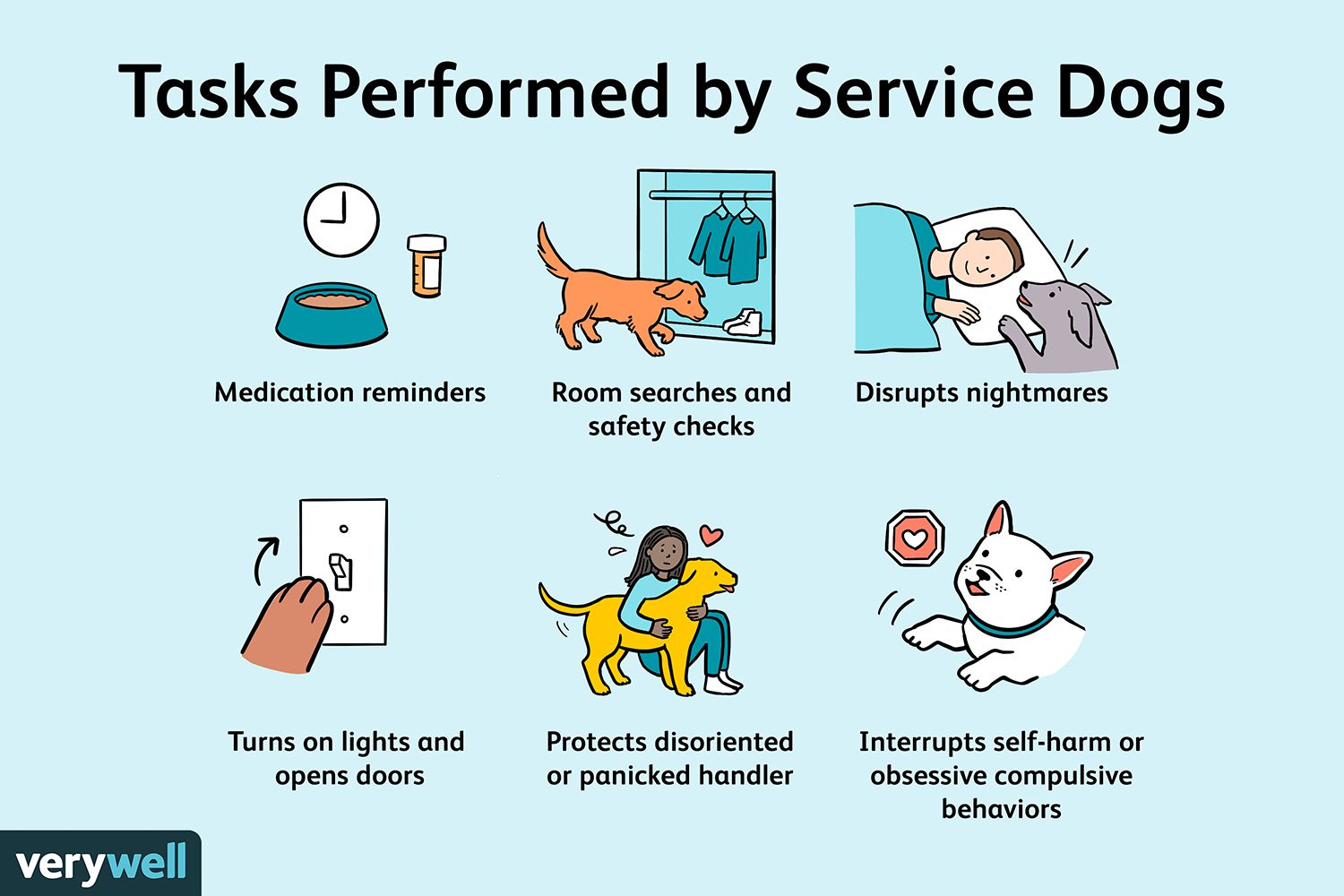
Continue reading the second half of this article for insights on exercise, social interaction, professional guidance, and answers to common questions about managing your rescue dog’s anxiety.
👉 Need tools to help your dog relax? Explore calming solutions at Found My Animal and use mytopdeals10 for 10% off your purchase!
Exercise and Mental Stimulation
One of the most effective ways to reduce anxiety in dogs is through regular exercise and mental stimulation. Physical activity helps release pent-up energy, while mental challenges keep your dog’s mind engaged, reducing stress-related behaviors.
Why Exercise Matters
Exercise has both physical and emotional benefits for your dog:
- Burns excess energy: A tired dog is a calmer dog.
- Releases endorphins: Physical activity promotes feelings of well-being.
- Reduces destructive behaviors: Prevents anxiety-driven chewing or digging.
Examples of Physical Activities:
- Daily walks or runs tailored to your dog’s energy level.
- Fetch or tug-of-war to build trust and bond.
- Outdoor hikes or agility courses for more adventurous dogs.
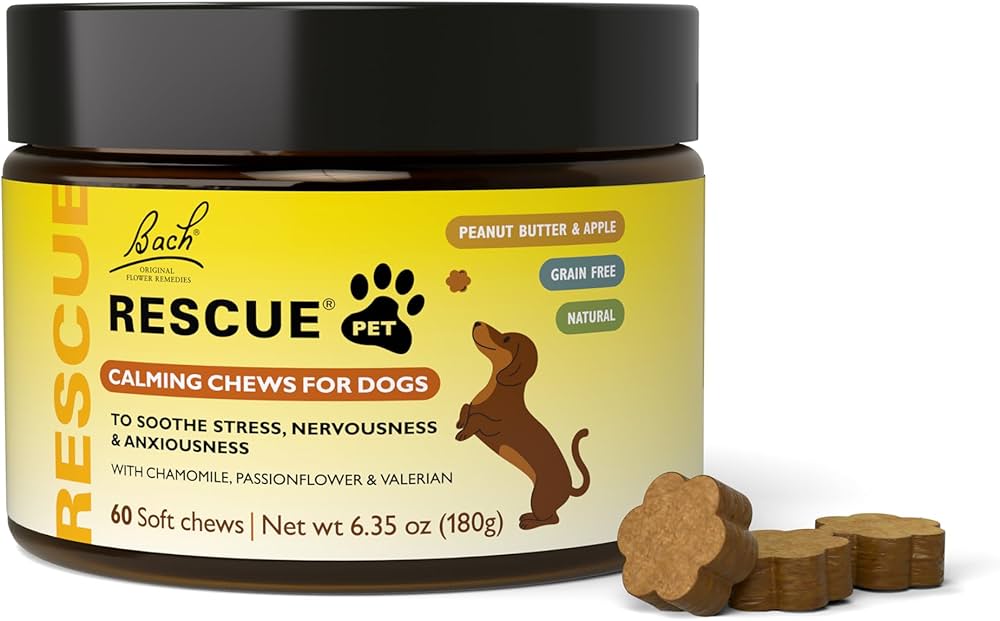
“Regular exercise isn’t just about physical health—it’s a cornerstone of emotional balance for your rescue dog.”
Incorporating Mental Stimulation
Interactive toys and training exercises can work wonders for anxious dogs:
- Puzzle feeders: Keep your dog entertained while rewarding them with treats.
- Training sessions: Teach new commands to challenge their mind and build confidence.
- Hide-and-seek games: Engage their natural instincts in a fun, controlled way.
Social Interaction
Socializing with other dogs and humans can significantly reduce feelings of isolation and anxiety in your rescue dog.
Group Play Sessions
Many dogs thrive in a social environment. Group play allows them to interact with other pets, improving their emotional well-being.
Benefits of Socialization:
- Builds confidence in new environments.
- Provides mental stimulation through varied interactions.
- Reduces feelings of loneliness and isolation.
“Social play isn’t just fun—it’s therapeutic for rescue dogs overcoming anxiety.”
If your dog is new to socializing, start with small, controlled settings to ensure positive experiences.
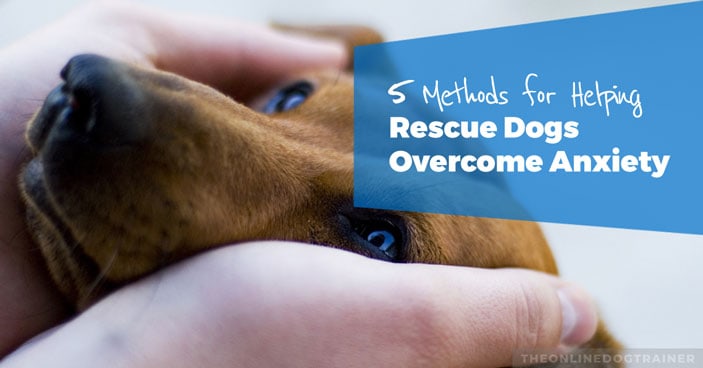
When to Seek Professional Help
Despite your best efforts, some dogs may need extra support to overcome severe anxiety. In such cases, consulting a certified dog behaviorist or veterinarian can provide tailored strategies.
Options for Professional Help
- Behavioral Therapy: Experts can identify triggers and create a customized plan.
- Calming Products: Your vet may recommend tools like calming pheromones, weighted blankets, or CBD oil designed for pets.
- Medication: In extreme cases, anxiety-reducing medications may be prescribed.
Helpful Tip: Consider visiting Found My Animal for products designed to support your dog’s comfort and security. Use code mytopdeals10 for 10% off.
FAQs
1. How long does it take to reduce my dog’s anxiety?
Every dog is unique. While some may show improvements within weeks, others could take months. Patience and consistency are key.
2. Can toys really help my anxious dog?
Yes! Puzzle toys and interactive feeders keep your dog mentally engaged, reducing stress and boredom.
3. Should I crate my dog for anxiety?
Crates can provide a safe, comfortable space for dogs. Ensure the crate is welcoming and never used as punishment.
4. Are there natural remedies for anxiety?
Yes! Options like calming pheromones, CBD oil, and specific diets can help alleviate anxiety naturally.
Conclusion and Call to Action
Helping a rescue dog overcome anxiety is a journey of patience, love, and understanding. By recognizing their needs and applying consistent strategies, you can build a lasting bond and create a safe, happy environment for your dog.

Ready to support your rescue dog with tools and products designed to ease anxiety?
👉 Visit Found My Animal today and use mytopdeals10 to save 10% on calming leashes, interactive toys, and more. Together, we can help your dog thrive!

